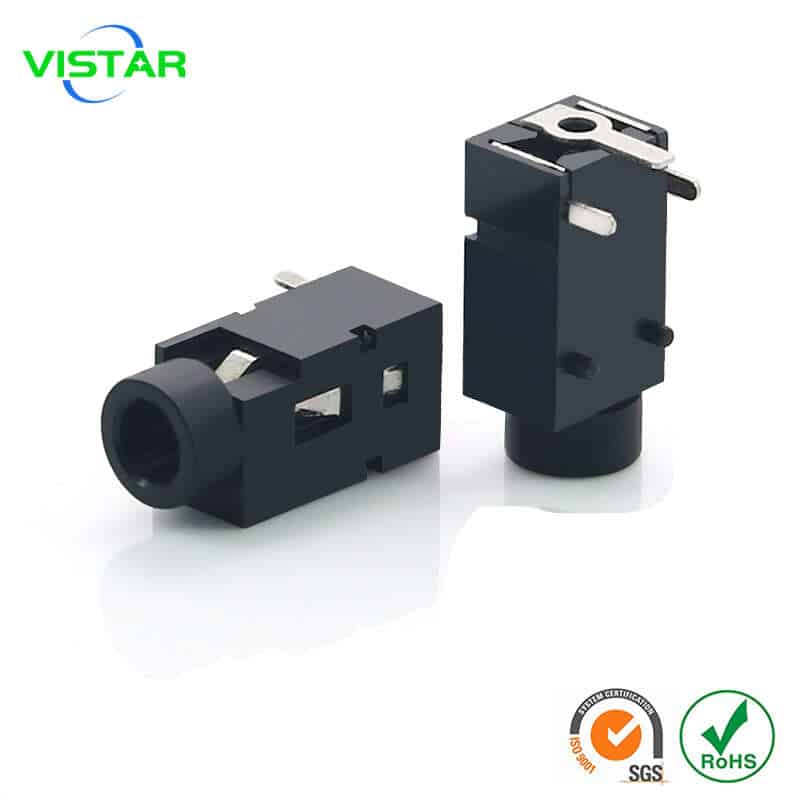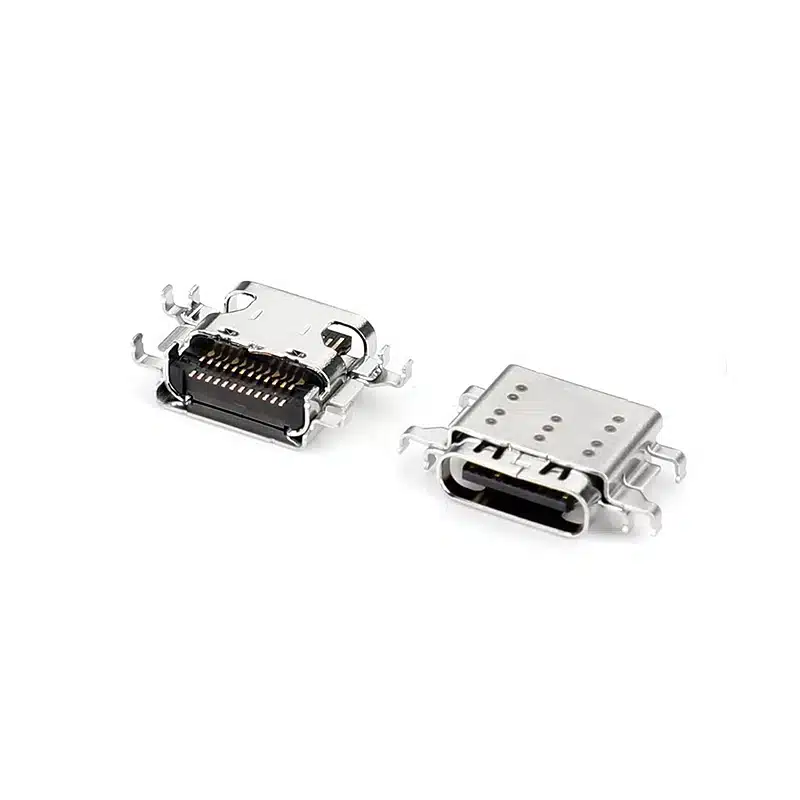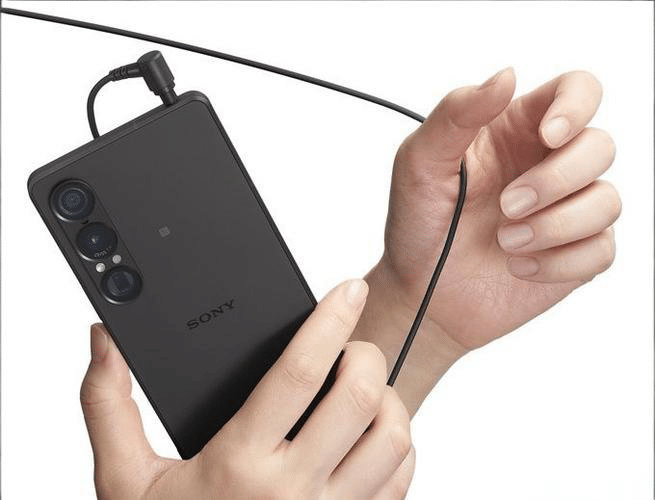I. Three Core Logics and Technological Support for the Cancellation Proponent
1. Space Revolution Drives Internal Restructuring
Internal space in mobile phones has become a resource more precious than gold. The 3.5mm headphone jack module occupies an average of approximately 100mm³ of space (equivalent to a 300mAh battery volume).
In 5G phones, this space can accommodate additional antenna arrays or heat dissipation modules. After the iPhone 7 removed the headphone jack, battery capacity increased by 14% (1960mAh → 2250mAh), the vibration motor volume increased by 2.3 times, and haptic feedback achieved a qualitative leap.
In the era of full-screen displays, the motherboard area has been compressed to the extreme size of 68mm × 30mm, and the physical existence of the headphone jack has become a “spatial constraint” on industrial design.

2. Technological Breakthrough in Water and Dust Resistance
The traditional 3.5mm headphone jack is the biggest weakness in IP68 protection. The perforated structure at the interface leads to a 23% failure rate for the sealing ring (Samsung lab data), while the Type-C interface, with its 24-pin integrated design, reduces sealing costs by 60%.
The Sony Xperia 1 IV, while retaining the headphone jack, only achieves a water resistance depth of 1.5 meters for 30 minutes, while the Galaxy S23 Ultra, which eliminates the jack, can withstand water damage up to 6 meters for 1 hour, demonstrating a significant technological gap.
3. Explosive Growth of the Wireless Audio Ecosystem
Global TWS earphone shipments are projected to exceed 800 million units by 2025 (Counterpoint data). LE Audio technology will compress latency to 15ms, and LDAC encoding rates will reach 990kbps, surpassing CD-quality sound (44% of 1411kbps).
Active noise cancellation technology has improved from 35dB to 45dB (AirPods Pro 2), and spatial audio head tracking accuracy reaches 0.1 degrees, achieving a complete wireless experience that surpasses wired headphones.

II. Pain Points and Practical Challenges for Users Who Retain the 3.5mm Interface
1. Physical Bottleneck in Audio Fidelity
Even with USB-C digital output, the signal-to-noise ratio (SNR) of built-in DACs in mobile phones is generally ≤105dB (e.g., the Cirrus Logic CS43131 in the Xiaomi 13), while professional players can reach 130dB.
The direct analog signal path loss via a 3.5mm jack is only 0.3dB, while a Type-C adapter adds 6dB (JAS measurement report). For high-impedance headphones (150Ω) such as the Sennheiser HD660S, the distortion rate driven by a mobile phone is as high as 0.7%, far exceeding the HiFi standard requirement of 0.001%.
2. Fragmented Ecosystem for Multi-Device Collaboration
In business scenarios, 90% of industry equipment, such as conference systems, in-flight entertainment equipment, and medical monitors, still use the 3.5mm interface. Forced adapters mean that commercial pilots need to carry three different adapters, and medical monitor audio latency increases by 400ms (FDA test report).
More seriously, there are still 3.4 billion feature phone users globally (GSMA 2025 data), and 3.5mm remains the only universal audio transmission protocol.
3. The Paradox of Economic Costs and Environmental Controversy
Removing the headphone jack leads to an increase in annual expenses for users: TWS battery degradation costs 25 RMB per year over 2 years, and adapter wear costs 8 RMB per year. Electronic waste is surging: by 2025, 20 million discarded adapters will be generated globally (containing 1.2 tons of rare metals), with a recycling rate of only 12%.
Meanwhile, 3.5mm headphones have an average lifespan of 7 years, and their carbon emissions are only 1/5 of those of TWS products (Carbon Trust certification data).
III. The Third Path in Technological Evolution
1. Evolution of the USB-C Audio Protocol
The USB-IF organization will release the Audio v3.0 standard in 2024, supporting native analog audio output (ALT mode), and allowing the DAC to be externally mounted on an adapter. The Meizu Hi-Fi Decoding Cable Pro is equipped with the ESS ES9280AC Pro chip, achieving a signal-to-noise ratio of 121dB, driving a 70% reduction in the cost of mobile phone Hi-Fi audio.
2. Innovative Hybrid Interface Solutions
OPPO Reno 9 pioneered a “liquid metal injection molding” process, integrating a 3.5mm headphone jack within the Type-C interface, increasing thickness by only 0.15mm.
The Lenovo Y90 gaming phone uses a magnetic expansion interface, retaining the 3.5mm headphone jack while achieving 60W fast charging; its modular design solves space constraints.
3. Breakthroughs in Wireless Technology
Bluetooth 5.4 supports 16-bit/192kHz lossless transmission (LC3+ encoding), and the Qualcomm S7 Pro platform reduces power consumption to 1.2mW (a 60% reduction from its predecessor). UWB spatial positioning technology controls TWS earphone latency fluctuations to ±2ms, bringing the gaming experience close to wired connections.
IV. The Strategic Value of User Choice
Market data reveals real demand: In 2025, the global market share of 3.5mm phones will still reach 41% (Omdia data), and even higher at 78% in emerging markets such as India and Southeast Asia.
The Sony Xperia 1 V, by retaining the headphone jack, achieved a 63% market share among musicians.
Consumers’ purchasing power proves that the 3.5mm headphone jack remains an irreplaceable infrastructure in three major areas: professional audio, specialized industries, and the budget market.

Conclusion: The essence of an interface is service, not faith.
The existence or abolition of the 3.5mm headphone jack is essentially a trade-off between technological accessibility and commercial interests.
When wireless audio latency is <10ms, price <¥100, and battery life >100 hours, the traditional interface will naturally fulfill its historical mission. However, at the technological tipping point of 2025, forcibly removing it would mean ignoring the needs of audio professionals, specialized industry users, and economically sensitive groups.
True innovation should be like the evolution of the USB-C interface—in the Type-C physical form, through protocol upgrades, simultaneously supporting digital transmission (up to 40Gbps), analog output (up to 32bit/768kHz), fast charging (240W), and video expansion (DP2.1). Retaining user choice is the ultimate embodiment of technological humanism.

